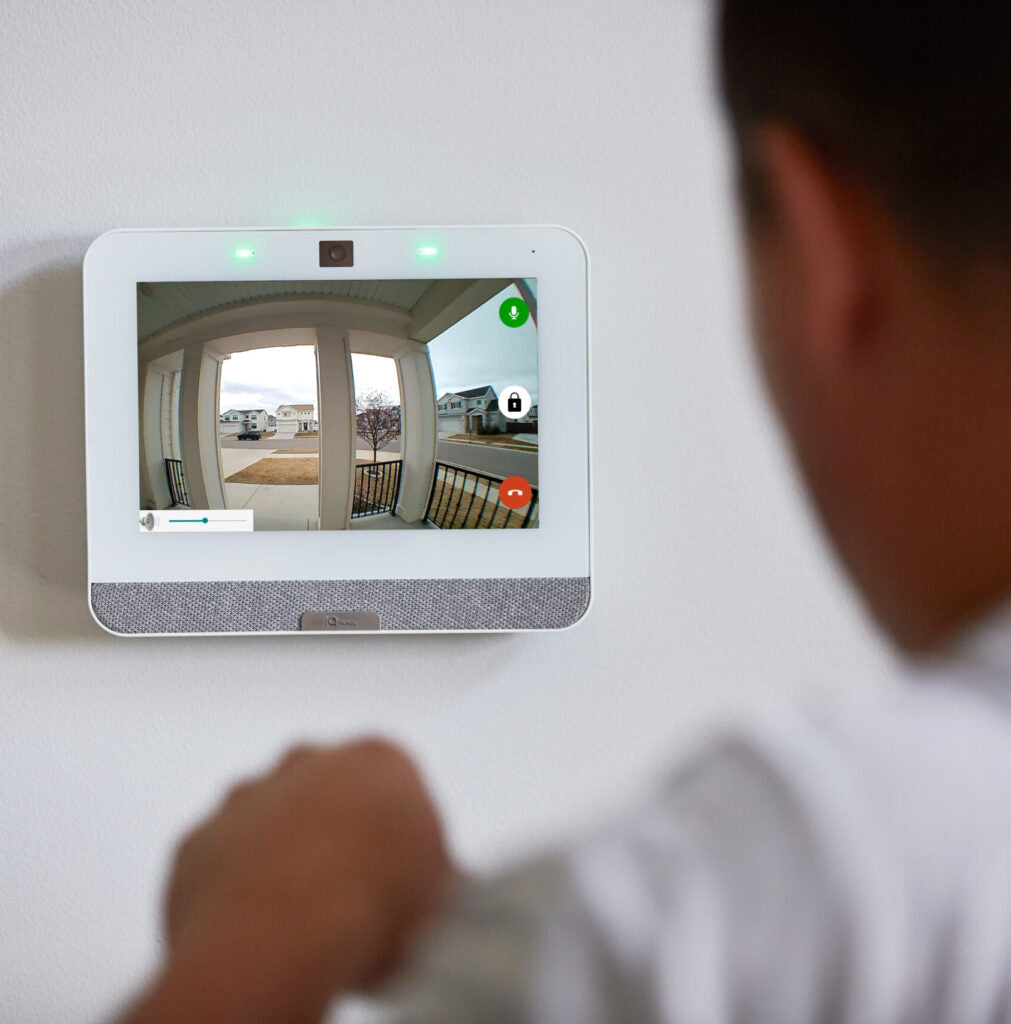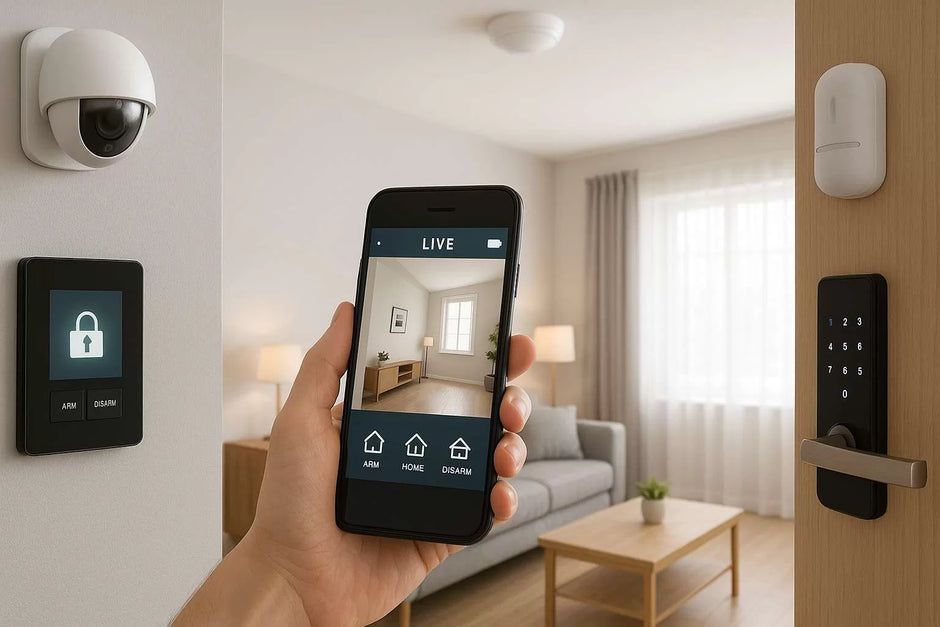5 Features That Make Modern Security Systems Smarter
In a world where technology continues to evolve at a rapid pace, security systems have undergone a significant transformation. Gone are the days of grainy video feeds and simple door alarms. Today’s smart security systems leverage cutting-edge innovations to provide homeowners and businesses with unprecedented levels of protection, control, and convenience. Here are five features that make modern security systems smarter than ever before.
1. AI-Powered Video Analytics
Artificial intelligence is revolutionizing the way security cameras operate. Modern systems can now distinguish between a person, animal, or vehicle with impressive accuracy. AI-powered video analytics reduce false alarms by ignoring irrelevant motion—like a tree swaying in the wind—and focus on actual threats. Advanced systems can also recognize faces, detect unusual behavior, and even alert authorities in real-time.
2. Cloud Integration and Remote Access
Cloud-based platforms have made it easier than ever to manage security systems from anywhere. Users can view live feeds, receive alerts, and control devices through smartphone apps or web portals. Cloud storage also ensures footage is securely backed up offsite, making it accessible even if the physical system is damaged or stolen. This remote functionality provides peace of mind whether you're across town or across the globe.
3. Smart Home Integration
Today’s security systems don't just stand alone—they work seamlessly with smart home ecosystems. Integration with devices like smart locks, lights, thermostats, and voice assistants allows for comprehensive automation. For example, unlocking your smart door can disable the alarm and turn on the hallway lights. These interconnected devices work together to enhance safety while adding convenience and energy efficiency.
4. Real-Time Alerts and Two-Way Communication
Instant notifications are a game-changer in modern security. Whether it's a motion detection alert or a triggered alarm, users are immediately informed via push notifications, texts, or emails. Many systems now include two-way audio features, enabling communication through doorbell cameras or intercoms. This is especially useful for verifying visitors, deterring intruders, or giving instructions to delivery personnel.
5. Advanced Sensor Technology
Modern security systems feature a wide range of sensors far beyond the traditional door and window contacts. These include glass break detectors, environmental sensors for smoke, carbon monoxide, and flooding, and even sensors that monitor vibrations or temperature changes. Paired with smart analytics, these sensors can detect and diagnose threats before they escalate, offering a more proactive approach to safety.
Conclusion
Smart security systems are no longer just about keeping intruders out—they’re about creating a connected, intelligent environment that anticipates and responds to threats in real-time. With AI, cloud access, home automation, and sophisticated sensors, today’s systems offer powerful tools for protection, convenience, and control. As technology continues to evolve, we can expect these systems to become even smarter and more capable in the years to come.








